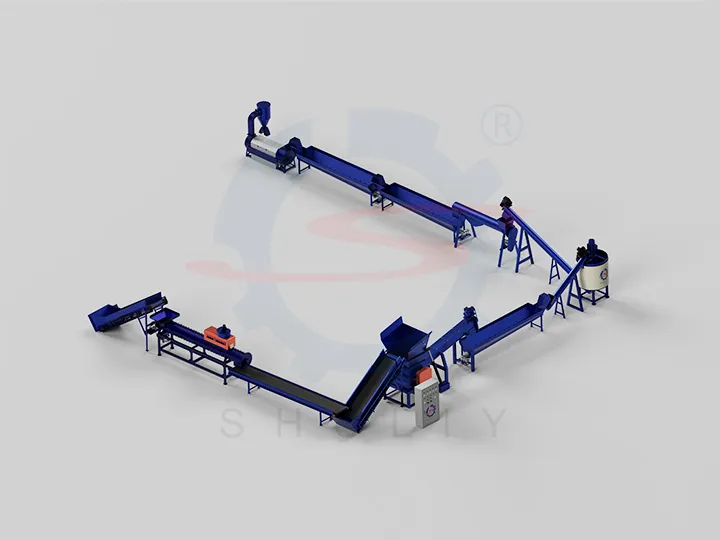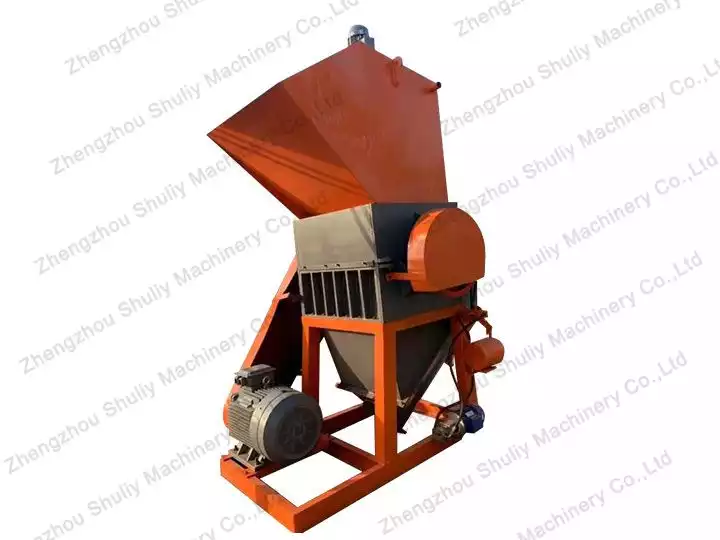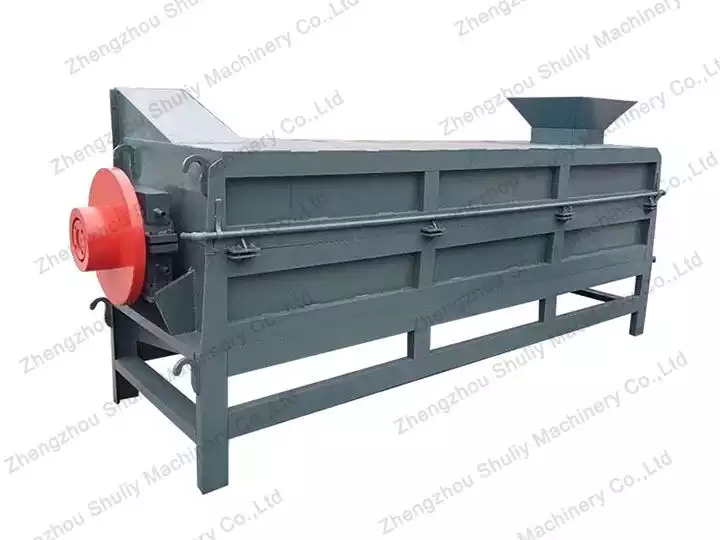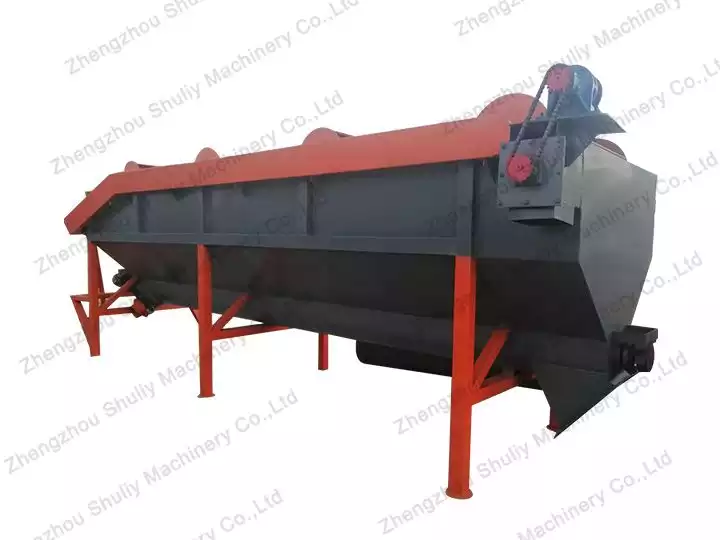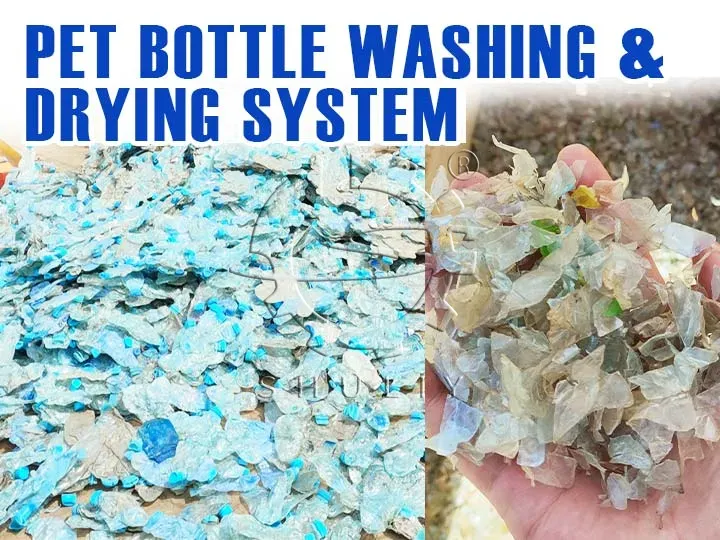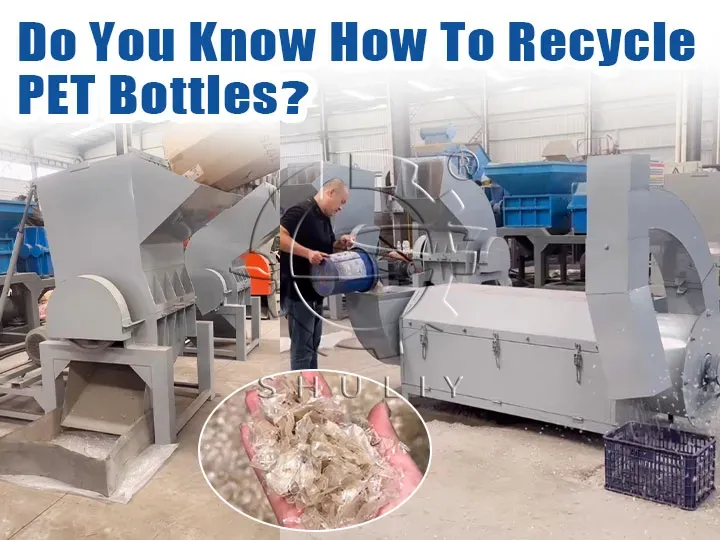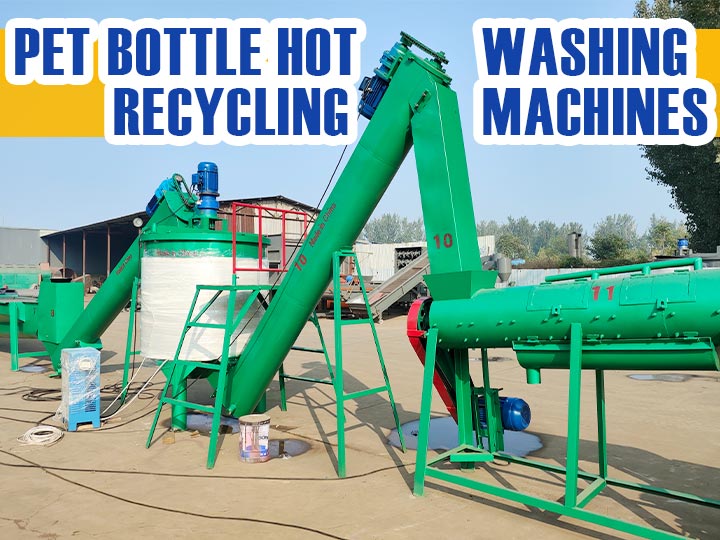Your Key Questions Answered: Investing in a PET Sink-Float Separation Tank
In the world of plastic recycling, final product purity dictates profitability. For businesses processing post-consumer PET bottles, effectively separating high-value PET flakes from lower-density contaminants like PP/PE caps and labels is not just a process step—it’s a critical value determinant. This is where the sink-float separation tank proves its worth as a cornerstone of any complete PET plastic recycling line.
But beyond the basic working principle, what are the real questions that factory owners, procurement managers, and engineers have before making an investment? This guide addresses those crucial points head-on.
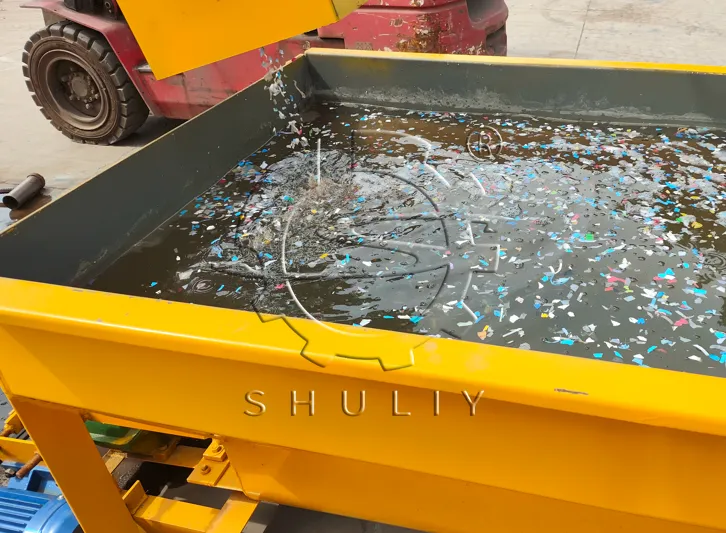
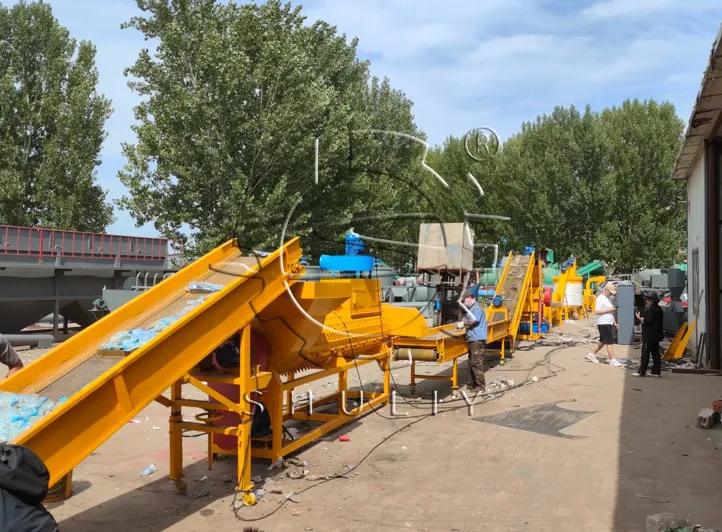
The Business Case: How Purity Drives Profitability
What level of purity is achievable, and how does it impact my revenue?
The primary goal is to produce a clean, high-value stream of rPET. A well-designed sink-float tank can consistently achieve a PET flake purity of over 99%, driving PP/PE contamination down to levels below 500 ppm (parts per million). This elevates your output from a generic recycled material to a premium-grade feedstock suitable for high-profit applications like polyester staple fiber (PSF) or bottle-to-bottle (B2B) production. This directly translates to a higher selling price per ton.
What is the real Return on Investment (ROI)?
The ROI is calculated on both increased revenue and reduced costs. The price premium commanded by high-purity rPET can lead to a payback period of 12-24 months on the machine alone. Furthermore, the automated nature of the separation process reduces reliance on manual sorting, delivering immediate operational savings. The true value, however, is realized in the long-term reliability provided by a robustly built machine. An investment in our PET sink-float separation tank is an investment in long-term, stable profitability, based on its Total Cost of Ownership (TCO), not just its initial price.
Operational Excellence: Managing Costs and Uptime
What are the primary operational costs involved?
The two main consumables are electricity and water.
Electricity: A standard 1,000 kg/h system has a total power draw of approximately 5.5 kW. The inclusion of Variable Frequency Drives (VFDs) on motors allows for precise speed control, optimizing power consumption based on material type and flow.
Water: While the tank requires an initial fill, it can be equipped with an optional water circulation and filtration system. This upgrade can reduce fresh water consumption by up to 90%, significantly cutting utility costs and supporting sustainable plant operations.
How much maintenance is required?
Daily maintenance is minimal, typically under 15 minutes for a visual inspection. The system is designed for durability and ease of access. All wetted parts are constructed from SUS304 Stainless Steel to prevent rust and product contamination, while the heavy-duty frame ensures structural integrity. This focus on quality manufacturing minimizes unplanned downtime and protects your production schedule.
Technical Deep Dive: Mitigating Risk and Ensuring Performance
How do we handle contaminants that this PET sink-float separation tank cannot separate, like PVC?
This is an expert-level question. You are correct—due to its similar density, PVC cannot be separated from PET using the sink-float method. This is a known limitation of the technology. The effective solution lies in a properly configured line that includes robust pre-sorting stages, such as manual sorting belts or advanced optical sorters, before the material is crushed. As a solutions provider, our role is to help you design a complete line that addresses all contamination risks, not just one part of the process.
What about warranty and long-term support of the PET washing tank?
We provide a standard 12-month warranty on all mechanical parts. More importantly, we build our machines with internationally recognized components (e.g., SIEMENS motors, Schneider electrics) to ensure reliability and easy local sourcing of replacements. We also maintain a stock of critical wearing parts, ready for express shipment to minimize any potential interruptions to your operation.
Investing in a PET sink-float separation tank is a strategic decision. By understanding the factors that drive profitability, control costs, and mitigate risk, you can choose a solution that delivers lasting value to your recycling business.

